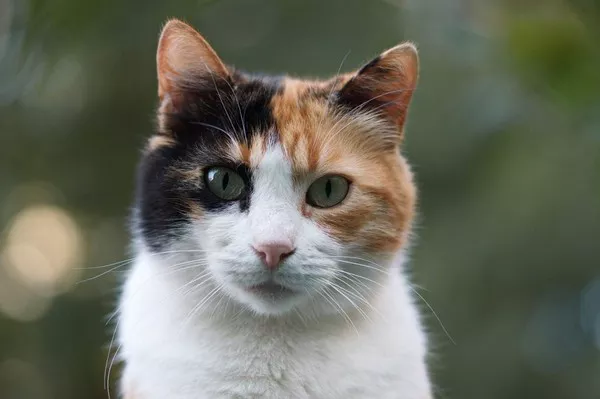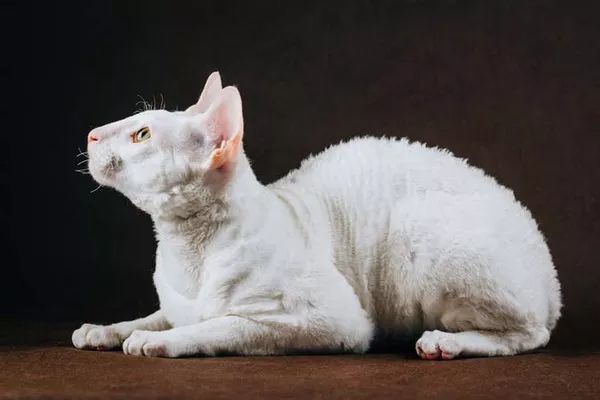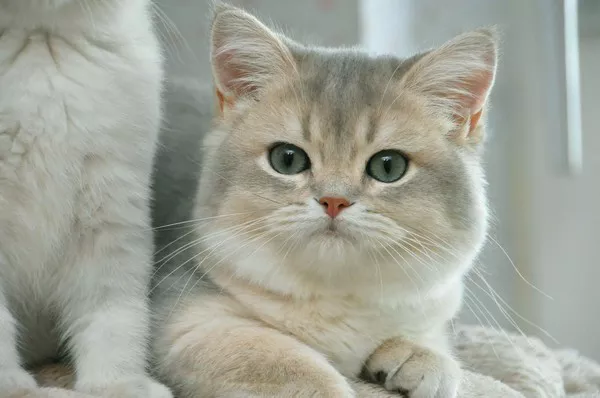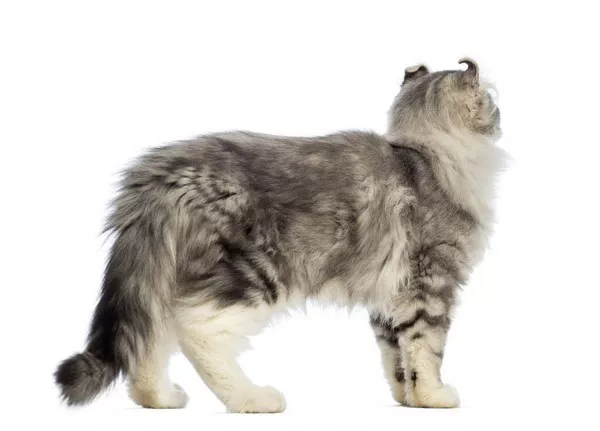Calico cats, celebrated for their distinctive tricolor coat patterns and vibrant personalities, have captured the hearts of cat enthusiasts around the world. Like all kittens, calico kittens go through a growth and development process on their journey to adulthood. In this article, we delve into the fascinating world of calico cat growth, exploring when these adorable kittens typically stop growing, the factors influencing their development, and how to ensure a healthy transition into adulthood.
Understanding Calico Cats: A Unique Feline Beauty
Calico cats are easily recognized by their striking coat patterns, which typically consist of patches of white, black, and orange (or sometimes brown). These cats are not a specific breed but rather a coat pattern that can appear in various breeds, including the American Shorthair, Persian, and Japanese Bobtail.
When Do Calico Kittens Stop Growing?
The growth and development of calico kittens, like all cats, follow a well-defined pattern. Kittens generally go through several stages as they mature:
Neonatal Stage (0-2 Weeks): This is the first stage of a kitten‘s life when they are entirely dependent on their mother for nourishment and warmth. They are born blind and deaf and spend most of their time sleeping and nursing.
Transitional Stage (2-4 Weeks): During this stage, kittens begin to open their eyes and ears. They start to explore their environment and develop their senses. Their teeth also start to emerge.
Socialization Stage (4-8 Weeks): This is a crucial phase in a kitten’s development. They learn social skills, play with their littermates, and begin to eat solid food. Calico kittens will begin to display their unique personalities during this stage.
Juvenile Stage (2-6 Months): Calico kittens continue to grow rapidly during this stage. They become more coordinated and develop their hunting instincts through play. Their adult teeth replace their baby teeth.
Adolescent Stage (6-12 Months): This is the stage when calico kittens typically stop growing in terms of size. They reach their full adult height and length during this period.
Adulthood (12 Months and Onward): By the time calico cats reach their first year, they are considered adults. Their growth in terms of size is generally complete, although they may continue to fill out and gain muscle mass as they age.
Factors Influencing Calico Cat Growth
Several factors can influence the growth and development of calico cats:
Genetics: Genetics play a significant role in determining a cat’s size and growth rate. The genes responsible for coat patterns, such as calico coloring, also influence a cat’s physical characteristics.
Nutrition: Proper nutrition is essential for healthy growth. Kittens require a diet rich in high-quality protein, vitamins, and minerals to support their development.
Healthcare: Regular veterinary check-ups, vaccinations, and preventive care are crucial for monitoring a calico kitten’s growth and addressing any health concerns that may arise.
Neutering/Spaying: The decision to neuter or spay a calico cat can influence their growth and development. Neutered or spayed cats may have a tendency to gain weight more easily.
Environmental Factors: A safe and stimulating environment can promote healthy growth and development. Providing opportunities for play and exercise can help kittens build muscle and coordination.
Ensuring a Healthy Transition to Adulthood
To ensure a calico kitten’s healthy transition into adulthood, consider the following tips:
Proper Nutrition: Consult with your veterinarian to determine the best diet for your calico kitten’s specific needs. High-quality kitten food should be provided until they reach adulthood.
Regular Veterinary Care: Schedule routine veterinary check-ups and follow your veterinarian’s recommendations for vaccinations, parasite control, and preventive care.
Neutering/Spaying: Discuss the timing of neutering or spaying with your veterinarian. This procedure can have an impact on your calico cat’s growth and behavior.
Environmental Enrichment: Create a safe and stimulating environment for your calico kitten. Provide toys and opportunities for play to help them develop physical and mental agility.
Socialization: Continue socializing your calico kitten with people and other animals to ensure they grow into well-adjusted adults.
Monitoring Weight: Keep an eye on your calico cat’s weight, as they may have a tendency to gain excess weight. Adjust their diet and exercise routine as needed to maintain a healthy body condition.
Dental Care: Introduce dental care practices early to promote good oral health throughout their life. This can include regular teeth brushing and dental check-ups.
Conclusion
Calico cats, with their distinctive tricolor coats and charming personalities, go through a well-defined growth and development process. While the timing of when calico kittens stop growing in terms of size typically occurs by the end of their first year, their development and well-being require ongoing attention and care. By providing proper nutrition, veterinary care, a stimulating environment, and a loving home, you can ensure that your calico cat enjoys a healthy transition into adulthood and many happy years by your side.



























